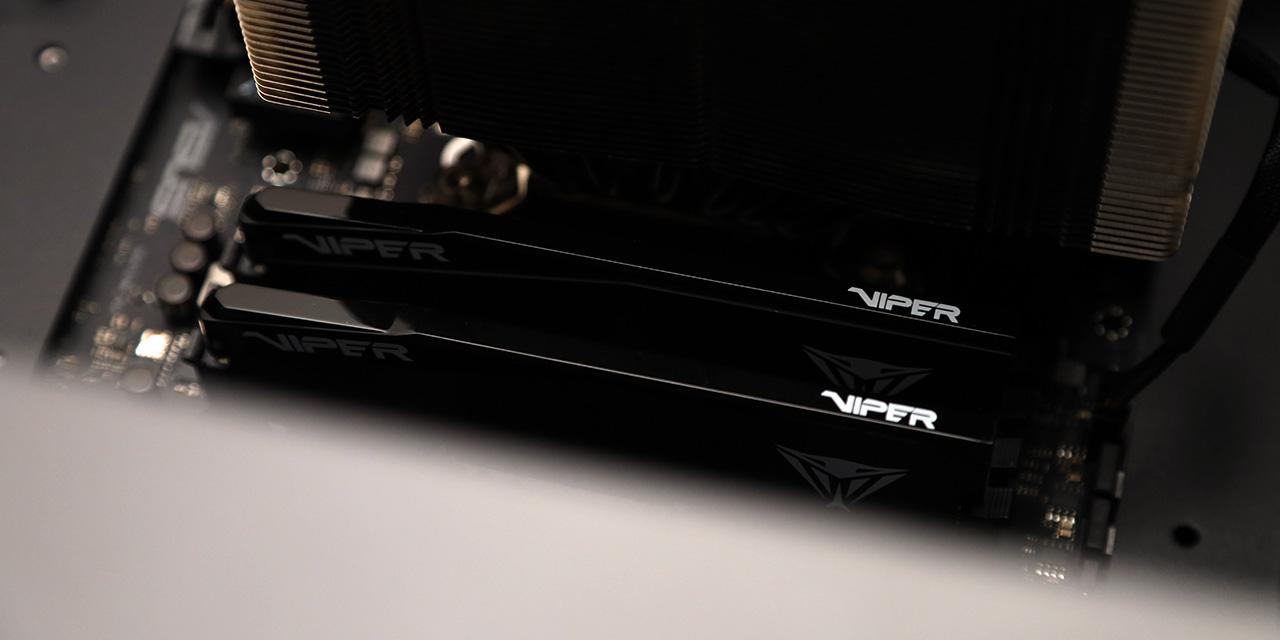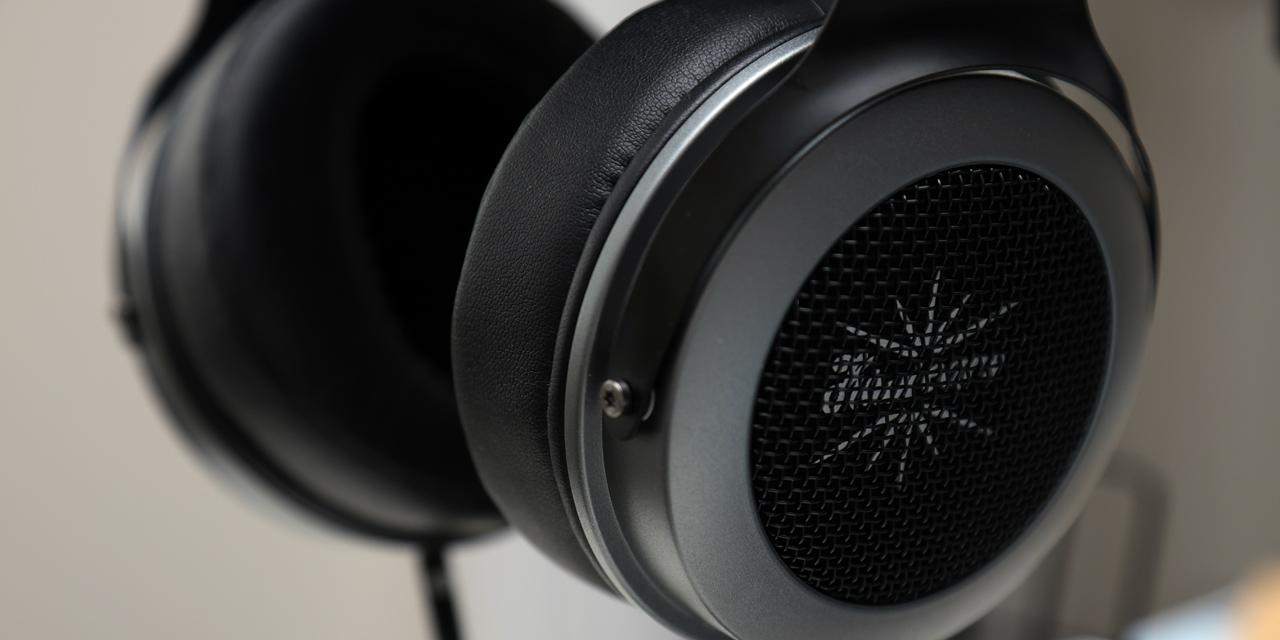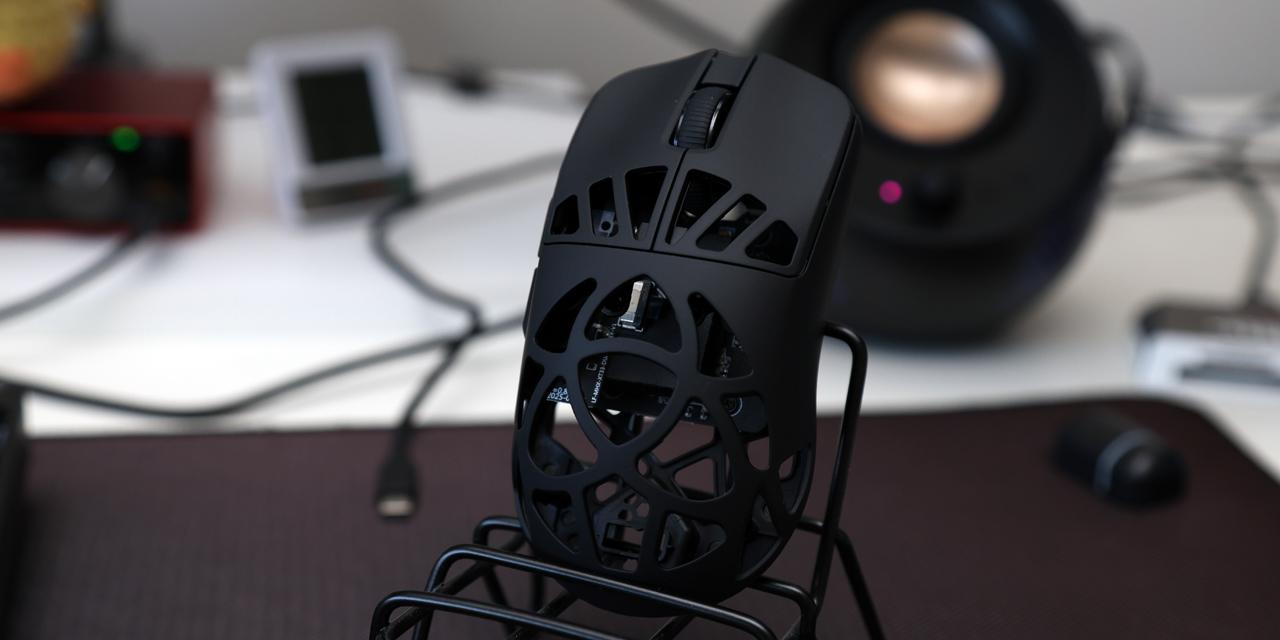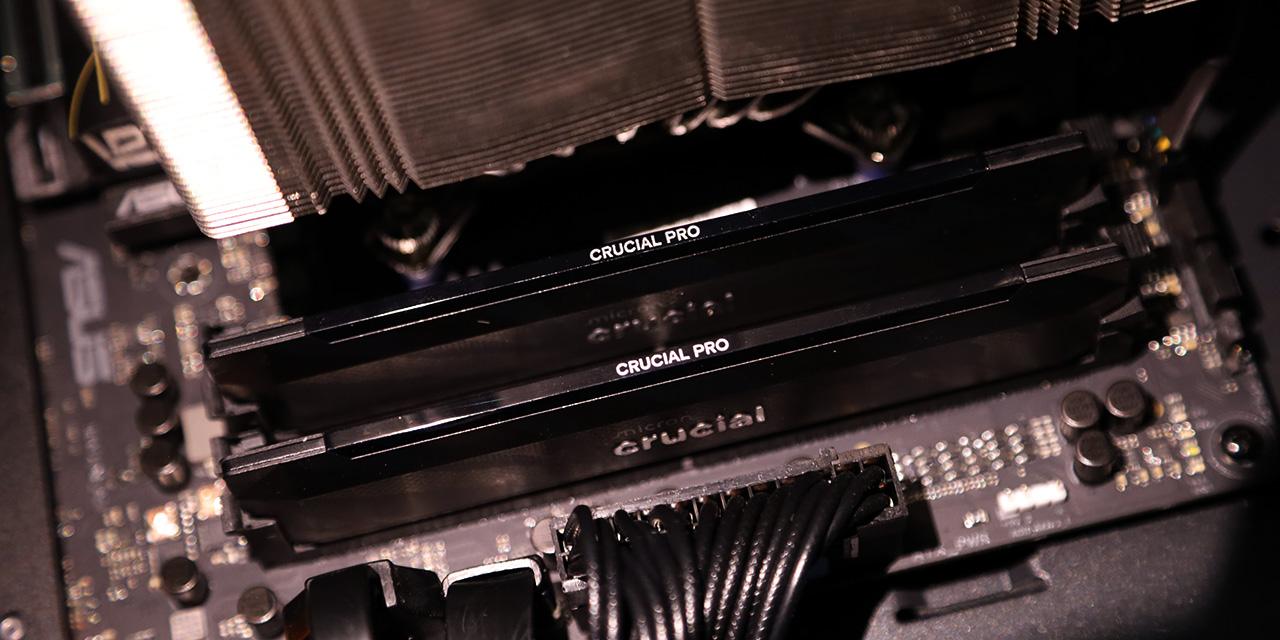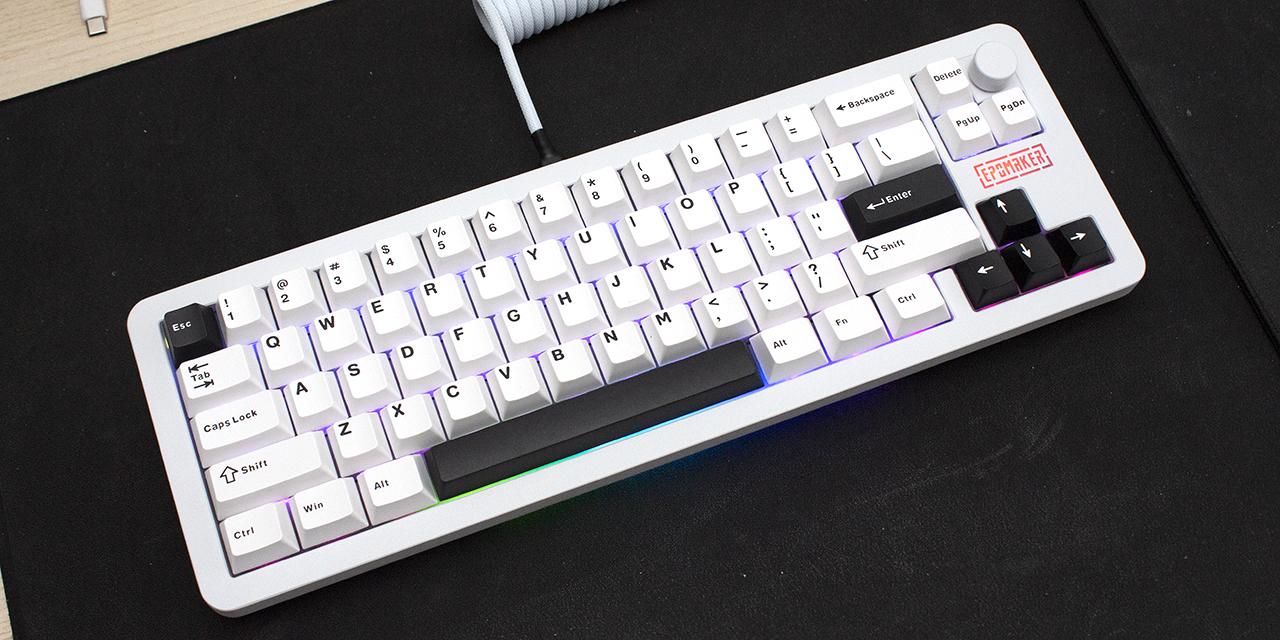Page 3 - A Closer Look - Disassembly and Internals

The disassembly process of the Epomaker Tide 65 is quite simple. I started by unscrewing the bottom case using the included hex key. There are six easily accessible points where the hex key will fit. While I could start by removing all the keycaps, I typically have a preference to remove keycaps and switches after disassembly if necessary. It is important to note that you will have to remove the knob to remove the internals from the top frame. Upon removing the screws, I pulled apart the outer case. This disassembly process was quite familiar with many of the more premium cases I have worked with. It was a good experience to take apart. Upon exposing the interior design, I was quite pleased with the design. As this is a wireless keyboard, there is a nice cutout for the 4000mAh battery and the daughterboard in the bottom case.

The interior design was really quite good in my opinion. Taking a quick look, the design is quite simple. The Epomaker Tide 65 is a gasket mounted keyboard. The specific design is similar to that of the Mr. Suit by Owlab. There are gasket socks placed on the edges of the plate to better cushion and remove any friction. The implementation is quite good, as we have a decent amount of space to work with to allow for some bounce when typing. Epomaker paid some extra attention to detail with the Tide 65, as we can also find a layer of plastic under the foam below the PCB. This use of plastic might seem odd at first, but when you consider the flexible nature of a gasket mount, it makes sense. This layer of plastic acts as a safety measure from shorting out your keyboard.
The foam in the case is done well. Epomaker does not hold back when it comes to foam in this case, as inside you will find foam for the bottom of the PCB, switches, and plate. Foam usage in keyboards is quite important, so having access to this much foam is excellent. To explain simply, the more foam you use, the more muted your keyboard will be for the most part. The Tide 65 uses poron foam for the plate and below the PCB. Regarding the switch foam, this case uses IXPE foam rather than the PE foam used in the ever so popular Jelly Epoch. Switch foam is a strange usage of foam that I personally find to be a cheat code to premium sound with no science to back up my claim.
The plate inside of the Epomaker Tide 65 is FR4. FR4 is a very popular choice when looking for a middle ground sound type for your keyboard. This plate material will provide a nice middle ground between “thock” and “clack”. As an independent factor in the keyboard, the plate properties that affect its sound include its stiffness and density. To be more specific, we want the specific modulus or specific thickness, which is also known as the stiffness to weight ratio. The lower this number is, the more “thocky” this material will be for a keyboard. As of writing this review, I have not seen any material with a lower specific modulus than PC.

Upon closer inspection of the Epomaker Zebra switches, I hope to provide you with more detail in the makeup of the switch. For the Zebra switches, the top housing is polycarbonate, bottom housing is nylon, and the stem is polyoxymethylene, or POM for short. POM is known for its high stiffness, low friction, and excellent strength. Specifically, this material has a coefficient of friction of around 0.25 to 0.3, which is low when you consider this is a measurement on a 0 to 1 scale. As such, you can see why you would want a switch stem to be made out of POM. This stem would be considered a long pole stem, which results in a shorter total travel. I personally use a long pole switch on the daily, so I had no issue, but for anyone worried that it might feel weird, the difference is only 2mm from a regular switch. As for the top housing, polycarbonate is a very commonly used thermoplastic in mechanical keyboards. It is commonly used for translucent switches, which is important for light to shine through. The bottom housing uses nylon, which is quite smooth with a coefficient of friction of about 0.26. I find nylon offers a deeper pitched sound when it comes to bottoming out. The spring is quite long at 21mm.
Page Index
1. Introduction, Packaging, Specifications
2. A Closer Look - Hardware and Software
3. A Closer Look - Disassembly and Internals
4. Conclusion
